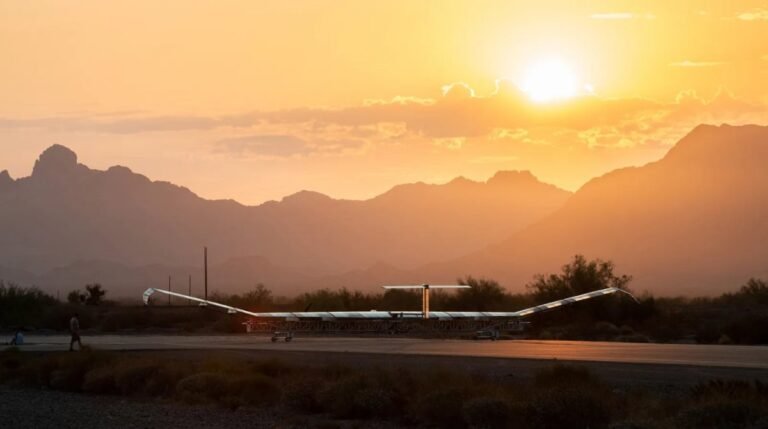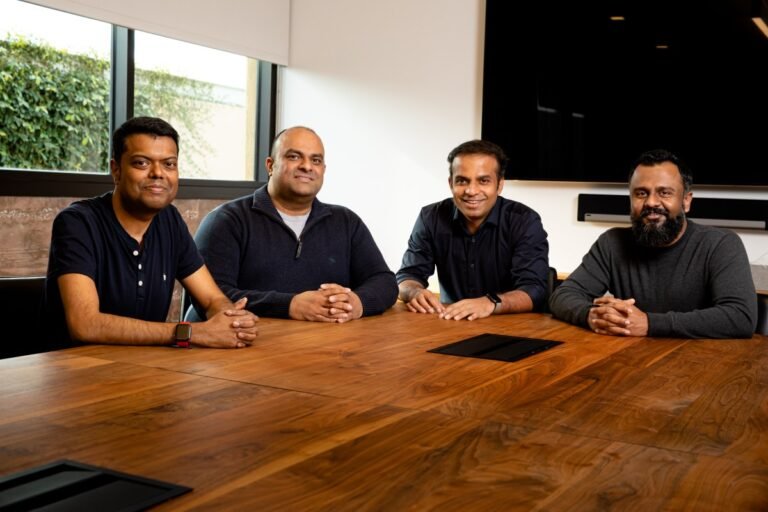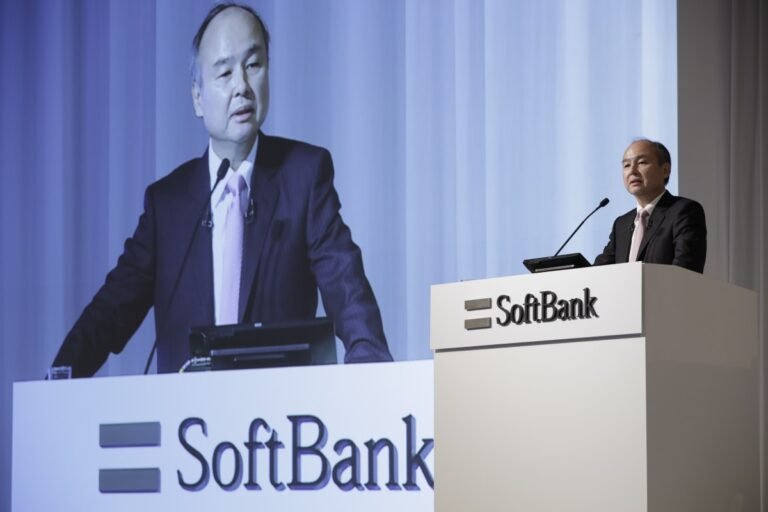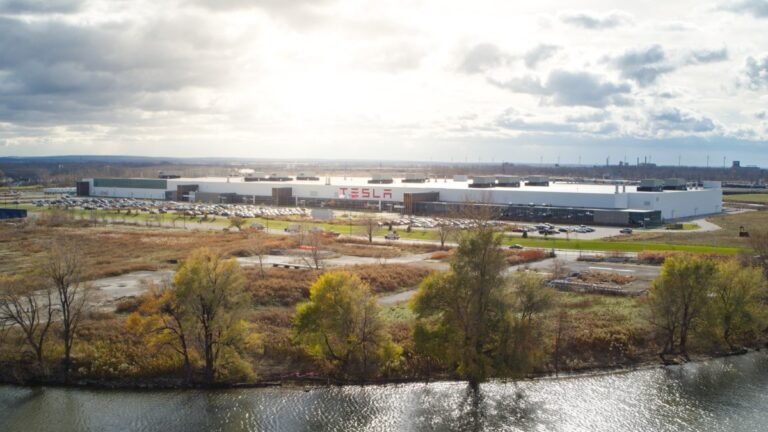
Where Loon relied on balloons, however, the newer project utilizes Zephyr solar-powered drones.
“[Loon] got really good customer engagement,” AALTO CEO Samer Halawi told TechCrunch in a sit-down interview last week at Mobile World Congress.
Airbus acquired the technology for the fixed-wing drones from U.K. Ministry of Defence and Space spinoff QinetiQ in 2022.
Every six months or so, the system will land for a battery swap, as these still have a limited shelf life.
Like Loon before it, the company is also exploring temporary deployment for downed cell towers following natural disasters.

The company did it with the iPod, iPhone, Apple Watch and, most recently, with its AirPods (the jury is still out on Vision Pro).
Prior to Project Titan, there have been several Apple efforts that failed to see the light of day.
Like Project Titan, Apple never publicly disclosed its existence before it was reportedly scrapped years back.
However, Apple scrapped it and delivered MessagePad, a smaller version of the MessageSlate prototype, later in the year.
Well before the iPhone, Apple tested a “telephone Mac” codenamed W.A.L.T.

Apple is scuttling its secretive, long-running project to build an autonomous electric car, according to Bloomberg.
The company has already started laying off some people who worked on the project, TechCrunch has learned.
Many of the nearly 2,000 employees who were still working on the project will be shifted to Apple’s generative AI projects, Bloomberg reported.
The decision to kill the project comes at a time when major automakers are reevaluating their investments in electric vehicles, and amid increased scrutiny on autonomous vehicle projects.
Apple first started working on its car project, known internally as “Project Titan,” in 2014.

Today on The Exchange, we’re digging into continuation funds, counting down through some of our favorite historical Exchange entries, and discussing what we’re excited to report on for the rest of the year!
It is also a very topical one: “The greatest source of liquidity now is going to be continuation funds,” VC Roger Ehrenberg predicted in a recent episode of the 20VC podcast.
If you have been following the last few months of venture capital activity, the “why now?” is easy to answer.
“It’s a viable strategy for a decent swath of the venture industry,” Ehrenberg told 20VC host Harry Stebbings.
We went from tallying monster rounds and a blizzard of IPOs to watching venture capital dry up and startup exits become rarer than gold.

Back in 2016, Netflix open-sourced Conductor, its microservices orchestration platform, but last December, it announced that it would discontinue maintaining it.
Thankfully, for the many companies that rely on it, the creators of Conductor had previously left the company to launch Orkes, a startup that provides an enterprise-grade microservices platform based on the open-source project.
As Orkes co-CTO Viren Baraiya told me, the project quickly became popular within Netflix.
Currently, Orkes offers Conductor as a fully managed platform on the customer’s cloud of choice, as well as a Conductor-based AI orchestration platform.
The founders of Orkes wrote a new playbook for building and operating complex, observable and large-scale applications when they helped create the Conductor open-source project at Netflix.

Nvidia currently dominates the AI chip market with its GPU chips.
OpenAI chief Sam Altman is reportedly also in talks with investors in the United Arab Emirates to raise an eye-watering $5 trillion to $7 trillion for a new AI chip project.
Altman has reportedly met with a number of potential investors, chip industry experts and others across the globe, including SoftBank’s Son, for the new AI chip initiative.
Shift focus (from Alibaba) to AIA new chip project would be line with the company’s new focus on AI.
Shares of SoftBank closed 2.8% higher on Monday after Son’s AI chip project news broke on Saturday.

Meet BlueLayer, a new European startup that is building a software platform specifically designed for carbon project developers.
This system of carbon offsetting with carbon project developers is sometimes also called beyond value chain mitigation.
BlueLayer acts as the software backend for carbon project developers.
BlueLayer aims to focus exclusively on project developers.
You might think that there is a limited pool of potential clients, but BlueLayer has already held talks with over 200 carbon project developers.

Musk said last year that Tesla plans to spend “well over $1 billion” on Dojo.
Bringing the Dojo project to Buffalo is the latest shift in Tesla’s priorities for the location, which has turned into something of a boondoggle for New York state.
“We are scaling it up, and we have plans for Dojo 1.5, Dojo 2, Dojo 3, and whatnot.
“The governor is correct that this is a Dojo Supercomputer, but $500M, while obviously a large sum of money, is only equivalent to a 10k H100 system from Nvidia,” Musk wrote in the post on X.
“Tesla will spend more than that on Nvidia hardware this year.

With deck.blue, Bluesky users can view posts on the social network in the column-based format popularized by TweetDeck, including things like their home timeline, notifications, likes, lists, or even custom feeds.
But when he examined the options available to Bluesky users, he was dissatisfied with the experiences that had been built so far.
The deck.blue project began last August and within a month of writing the first line of code, it launched.
Initially, the app was called Bluesky Deck, but Bluesky suggested that using Bluesky in the app’s name wasn’t the right move.
So Filho renamed the app deck.blue and hired a designer to work on the branding.

Logan Paul is offering refunds for CryptoZoo, the failed and allegedly fraudulent Pokémon-inspired NFT game that he launched in 2021.
The influencer, who faces a class action lawsuit for allegedly making millions of dollars of cryptocurrency by promoting a game that ultimately didn’t exist, also filed a cross-claim.
Class action lawsuits can be “devastating” for defendants, as damages can include what the plaintiff and class members initially lost, in addition to punitive damages and attorney’s fees.
“That would let him angle for a much more favorable settlement.”Logan Paul is being sued in a class action about the CryptoZoo NFT disaster.
At the time of Coffeezilla’s reporting, CryptoZoo held approximately $79,875,629, or 1,214,225,001.8 $ZOO for “wildlife charities and CryptoZoo development.













